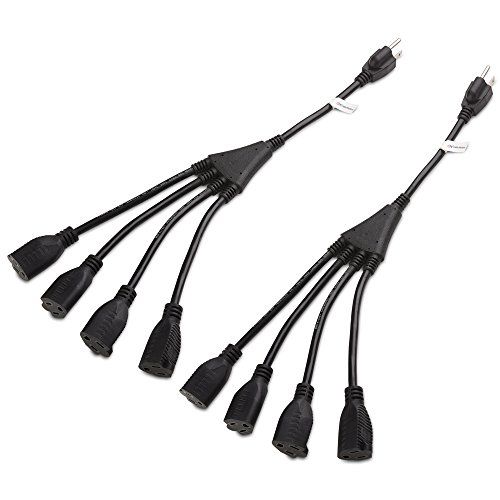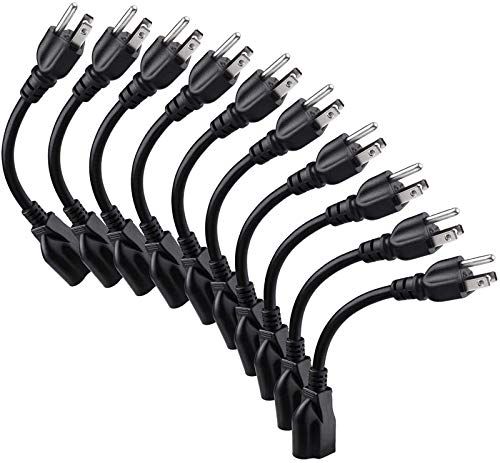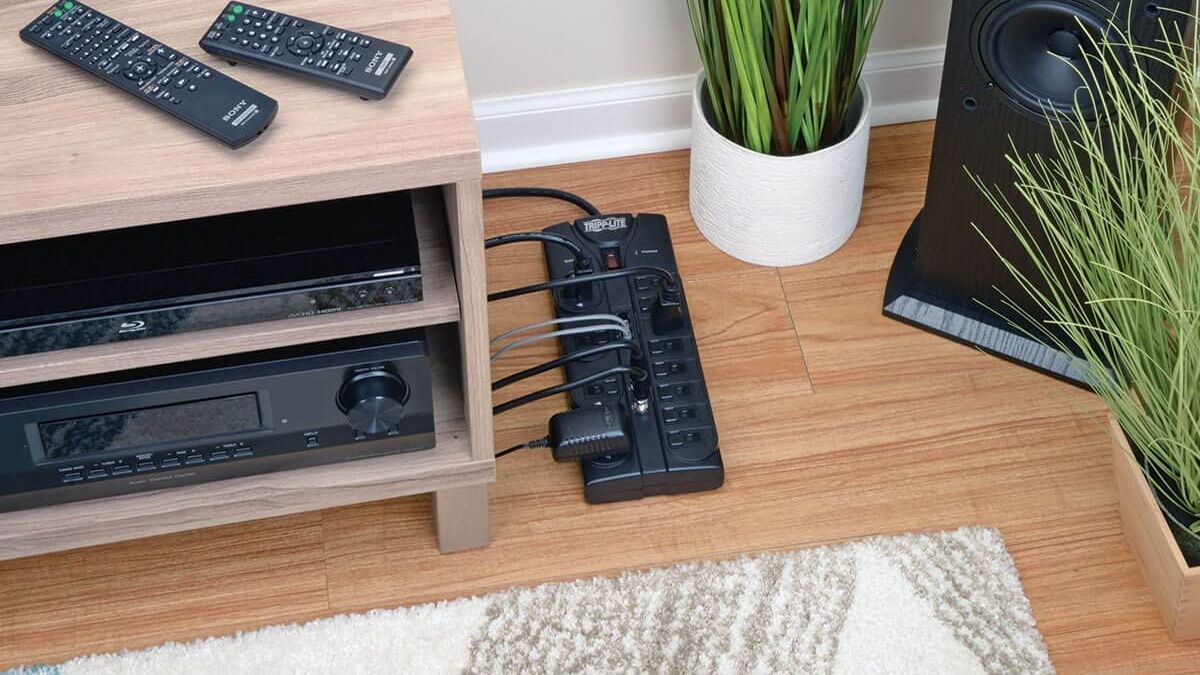There's nothing more frustrating than running out of space on a power strip long before you've run out of available power. Here's how to avoid buying a bigger power strip or UPS unit while safely adding more devices.
Power Strips Can Be So Frustrating
Maybe once upon a time, a simple 8-port power strip was good enough. If it's 1995 and you have a PC, a monitor, some speakers, a printer, and a desk lamp, that's only 5 ports with 3 left over for activities.
But today, there are so many things to plug in and so many devices with big chunky wall-wart power adapters that take up too much space on a power strip.
Sure, you could upgrade your power strip. You could even replace the old hardware store strip with a proper surge protector with wide-spaced outlets like the Tripp Lite model seen above.
What if you already have a nice surge protector or a quality UPS unit you want to plug a few more things into? You don't need to upgrade the surge protector or UPS; you need a simple little upgrade.
Split and Extend Your Power Strip Outlets
What kind of upgrade do you need? You need power outlet splitters and extenders. Before we recommend some to you, let's talk about electrical and fire safety.
We are, in no way, advocating that you overload a power strip. This tip is not to help you turn a 20-year-old un-fused piece of crap hardware store power strip into a toaster and, as a consequence, burn your house down. Overloading extension cords and power strips is one of the leading causes of home fires, and it is simply never worth risking a fire because you cheaped out on a quality power strip and/or overloaded it.
That said, the biggest issue with modern electronics is that there are so many plugs and so few spots on a power strip. Further, very few devices are high-wattage. My issue and I'm sure your issue too, isn't that I need 5,000 watts of power delivered to my home media center or computer workstation.
My issue is that I have a bajillion peripherals that all need to be plugged in, yet each consumes very little power individually: A smart speaker here, a streaming media player there, a printer that hardly gets turned on anymore, etc.
And that's exactly where a power splitter is useful. When you want to plug in four low-wattage devices but you only have one outlet left, you pop the splitter into the remaining outlet on the power strip and split the power.

Cable Matters Power Cord Splitters
Through the miracle of modern engineering, one outlet becomes four.
Or, if you have a power strip with narrowly spaced plugs and you're stuck with a bunch of chunky wall warts that can't all fit on the power strip at once, you can use a pack of short extension cords.
They're a mere 8 inches long, but that's enough to get the wall wart plug away from the strip so you can utilize every outlet opening.

Miady Short Power Extension Cords
This 10 pack of 8 inch extension cords will help you finally win the battle against unwieldy wall warts. No matter how tightly spaced your power strip outlets are, these extensions will allow you to plug in your devices side by side.
Both of these products are very much the kind of thing that once you know they're out there and you start using them, you can't imagine life without them. I use the splitters and extenders on UPS units and power strips all over my home, so I can fit more items on them without having to swap outlets or buy a bigger power strip.
Just remember, be safe. The total wattage of all the items you've added to the power strip with a splitter or extender should not exceed the wattage rating for the power strip or the wattage rating of the electrical circuit you've plugged the power strip into. The splitter isn't an excuse to overload the strip; it's a handy tool to help you plug in more low-wattage items.

